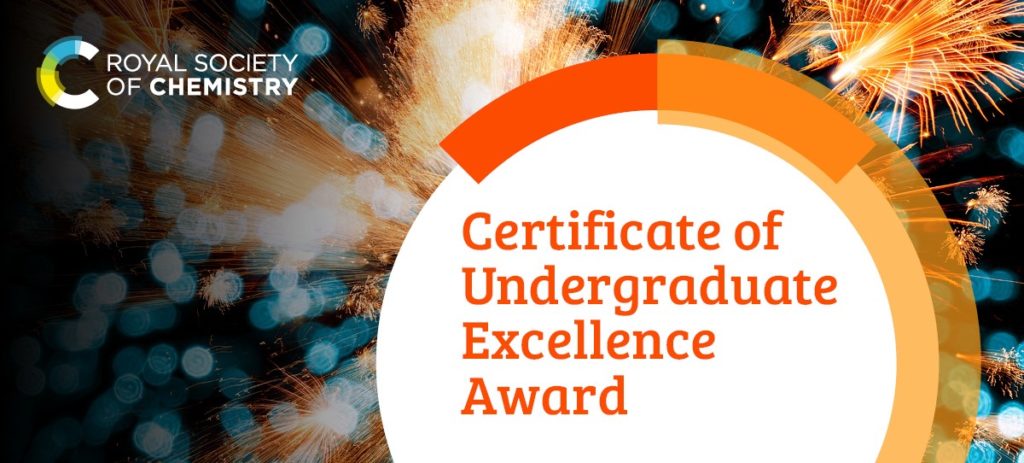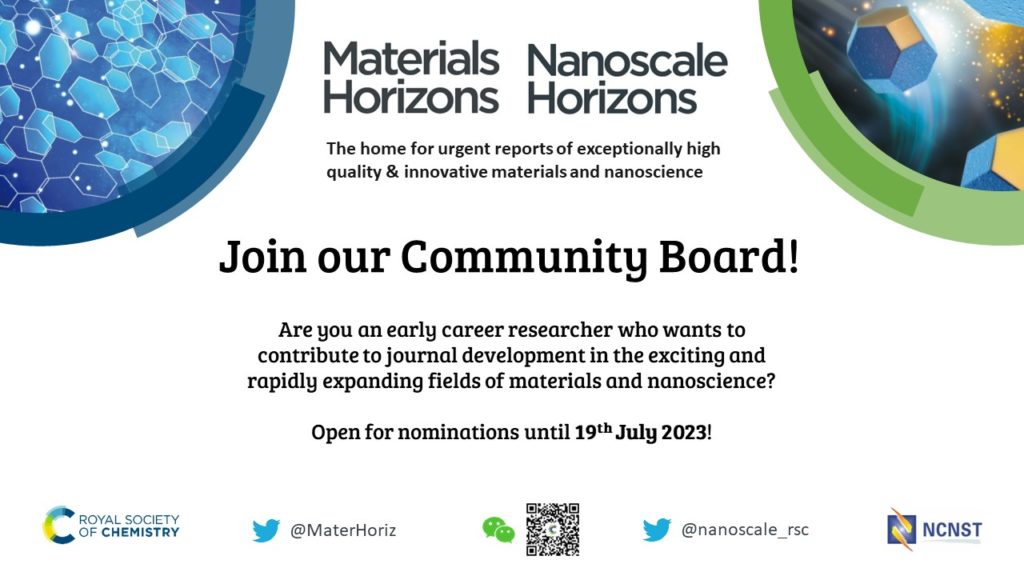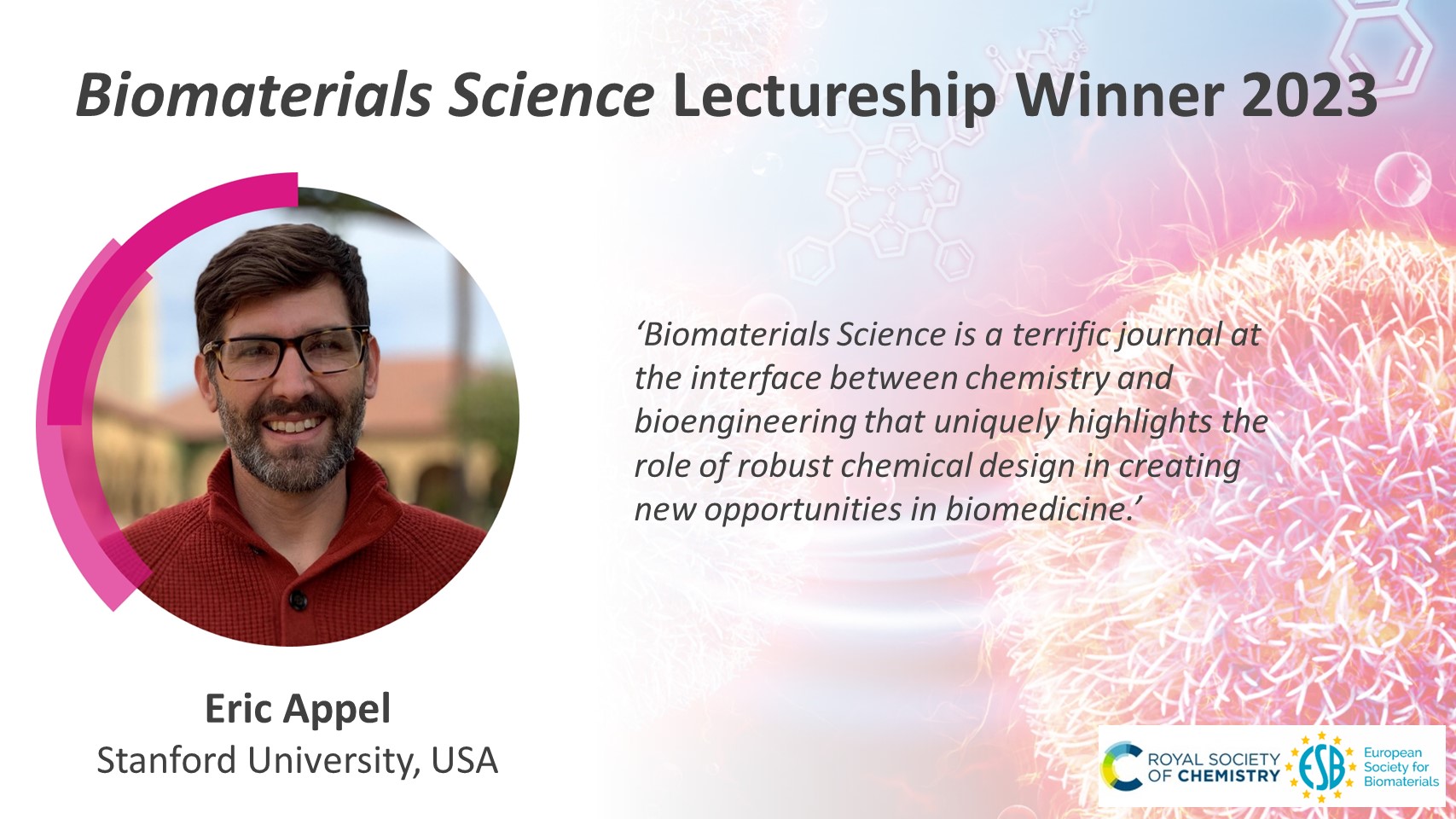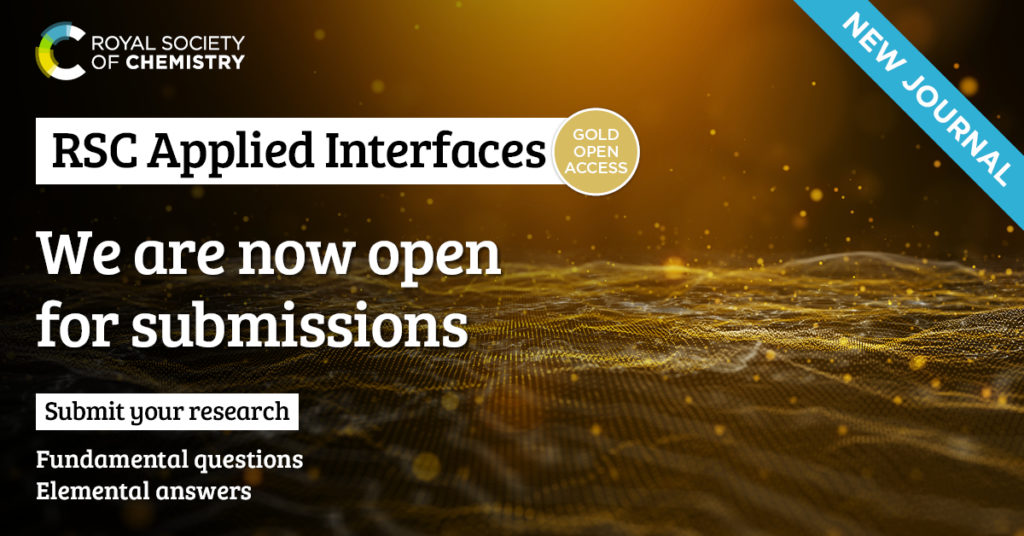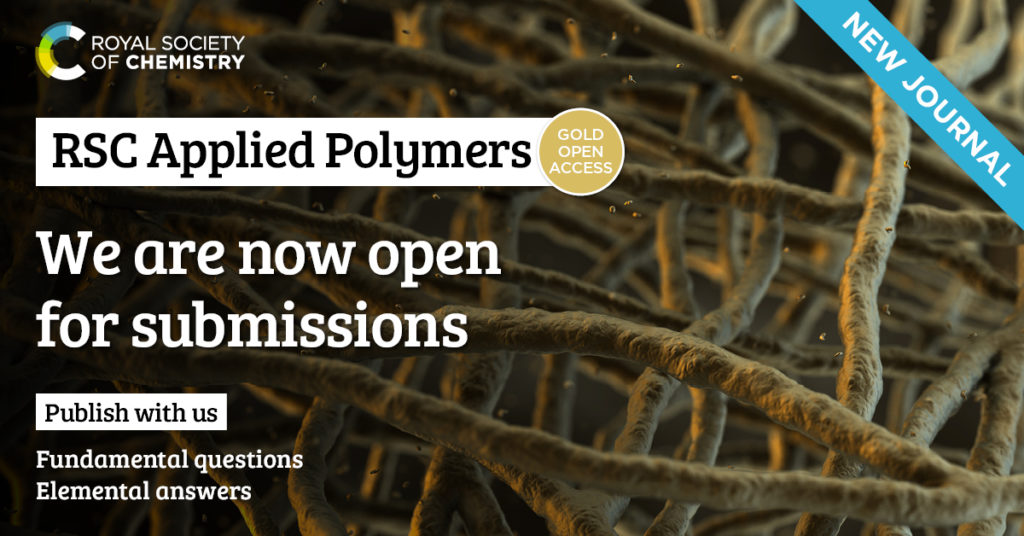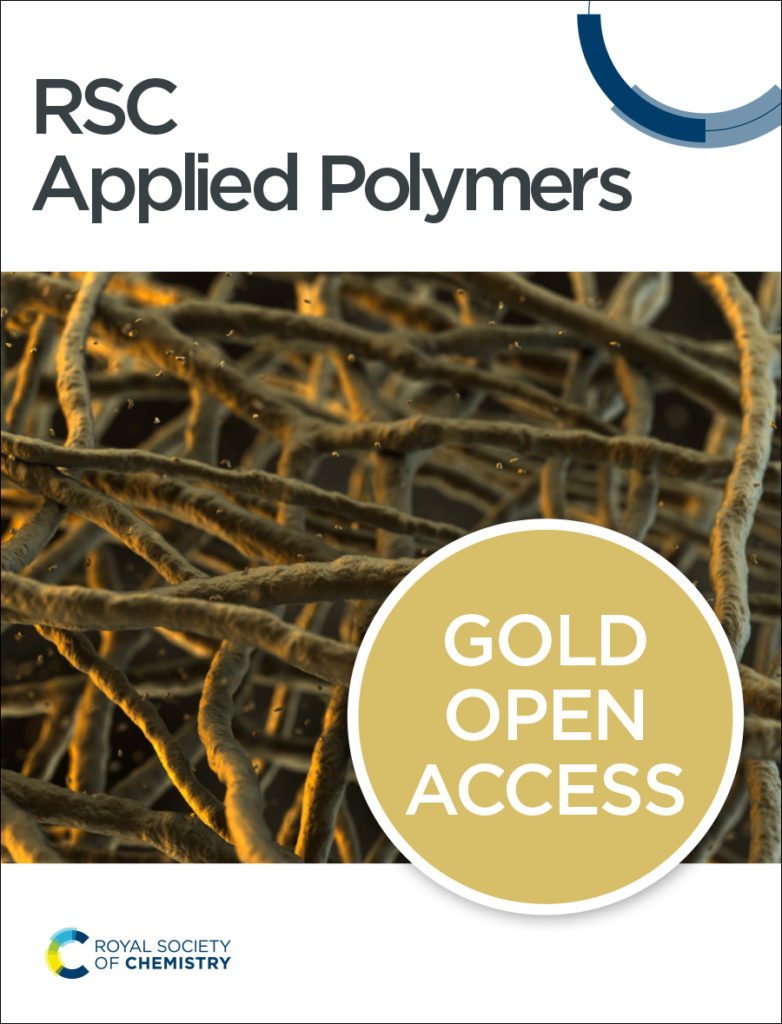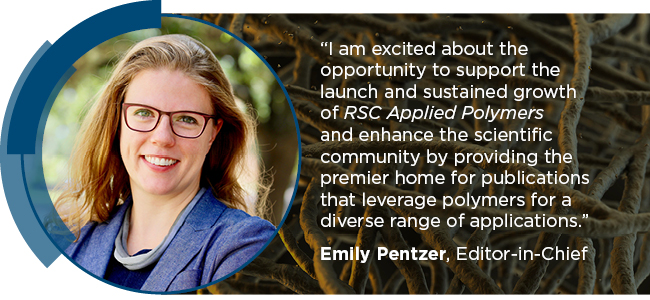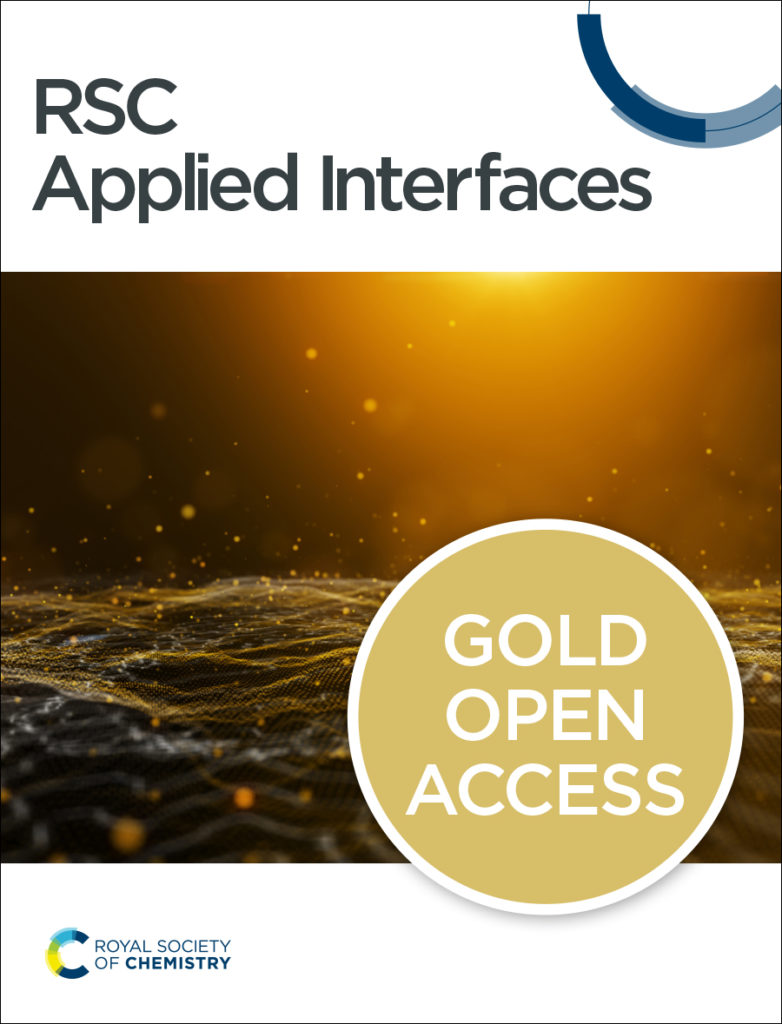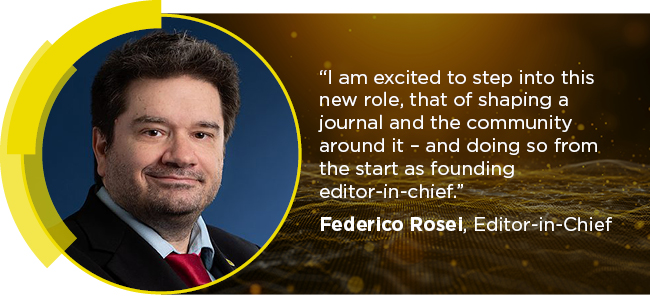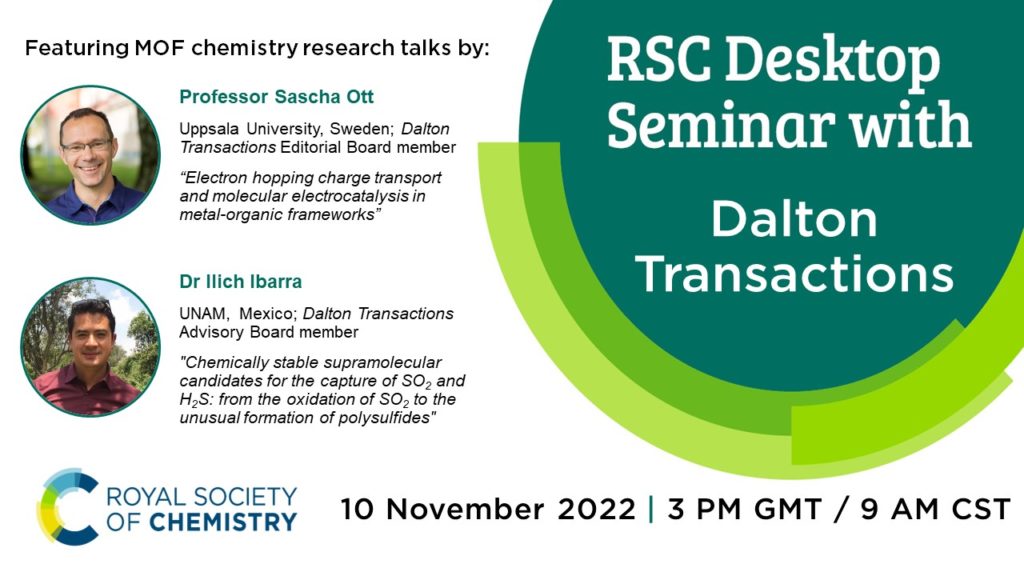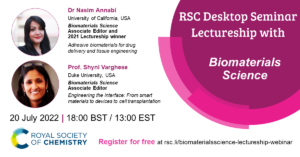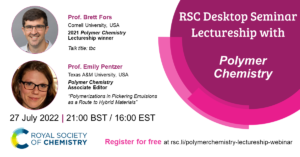The Royal Society of Chemistry is proud to once again sponsor the 19th Annual Tri-Institutional Chemical Biology Symposium, being held on Wednesday, September 6th, 2023 at Memorial Sloan Kettering Cancer Center, in New York, New York. The symposium is sponsored and organized by the Tri-Institutional PhD Program in Chemical Biology, a graduate program jointly offered by Memorial Sloan Kettering Cancer Center, The Rockefeller University, and Weill Cornell Medicine.
Chemical Science, RSC Chemical Biology, and Organic & Biomolecular Chemistry are each sponsoring poster prizes at the event, highlighting the graduate student and postdoctoral rising stars in chemical biology.
The featured keynote speakers will be Prof. Danica G. Fujimori (University of California, San Francisco), Prof. Viviana Risca (Rockefeller University), Prof. Brian K. Shoichet (University of California, San Francisco), and Prof. Jorge Z. Torres (University of California, Los Angeles). The symposium is free to attend, so if you are interested in attending please click here to register in advance.












